diagnosis
Latest
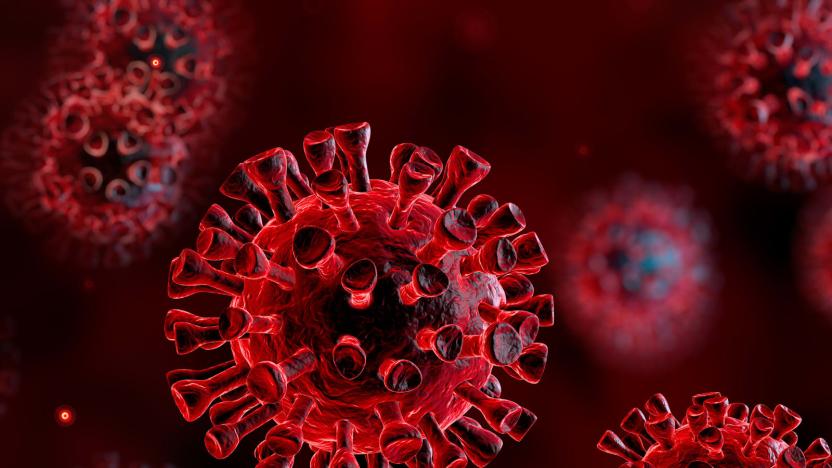
FDA allows new coronavirus testing tech before it gets emergency approval
The FDA is determined to step up the pace of coronavirus testing in the US to cope with the recent coronavirus outbreak, and it's willing to greenlight technology at an early stage to make that happen. The regulator said it will allow new diagnostic tech to be used to test for COVID-19 before an Emergency Use Authorization request has gone through a review. This will only apply to validated methods from labs that are certified to handle "high-complexity" tests in line with key requirements, the FDA said, and doesn't amount to lowering standards -- this is only to ensure there's "wide availability" of testing options.
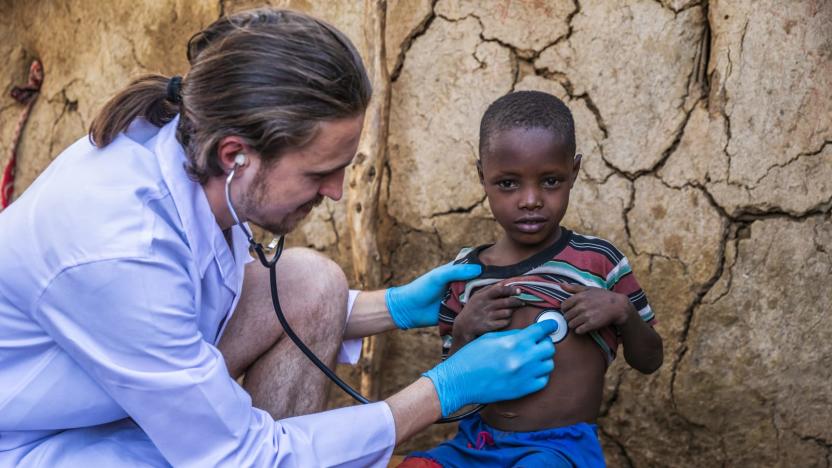
Microsoft backs AI in healthcare with a $40 million program
Microsoft's deepening health tech strategy now includes a significant commitment to AI. The company is starting a $40 million AI for Health program that should help researchers and key organizations improve the quality of life for people around the planet. The five-year initiative will use AI to improve diagnosis, prevention and treatment, as you might have expected, but it'll also be used for global-scale health insights and to improve access to healthcare in areas where it's often costly or hard to find.
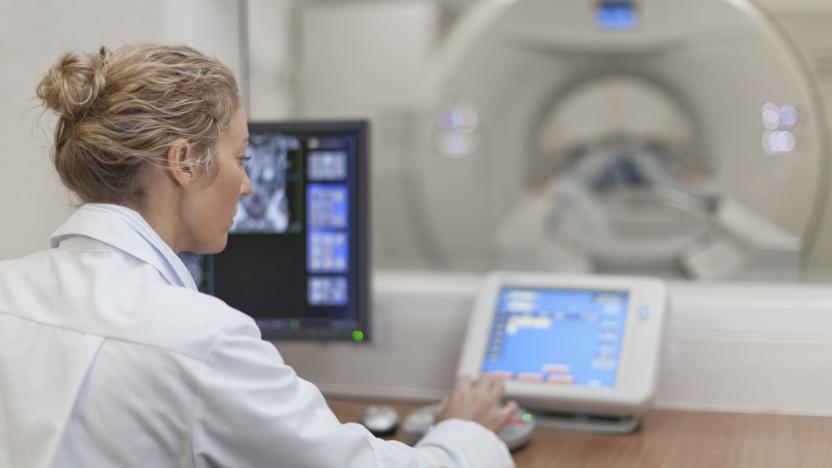
Google trained its AI to predict lung cancer
Of all cancers worldwide, lung cancer is the deadliest. It takes more than 1.7 million lives per year -- more than breast, prostate and colorectal cancer combined. Part of the problem is that the majority of cancers aren't caught until later stages, when interventions tend to be less successful. Google is determined to change that, and with its new AI-based tool, it hopes to make lung cancer prediction more accurate and more accessible.
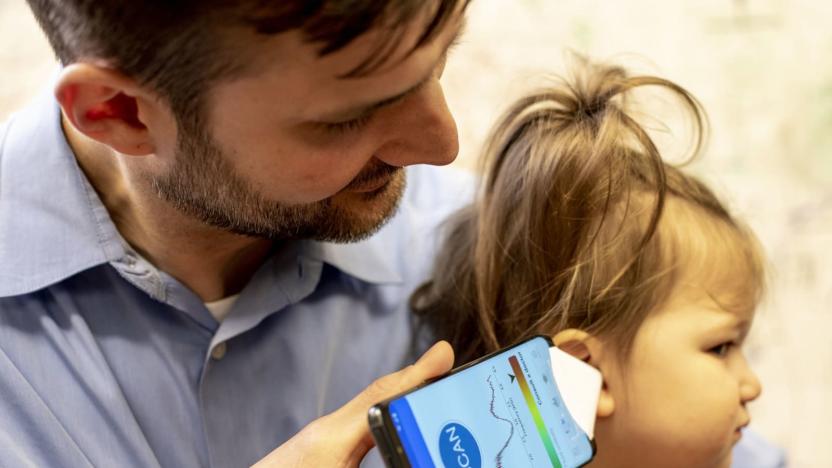
Parents may be able to spot ear infections with a paper cone and an app
Researchers are working on a smartphone app that could help diagnose ear infections. As NPR reports, the app uses the phone's microphone, its speaker and a small paper cone. In its current form, the app sends short, sound pulses through a funnel and into the ear canal. It then measures the echo of that sound, and an algorithm uses the reading to predict if there's fluid behind the eardrum, one of the common symptoms of infection.
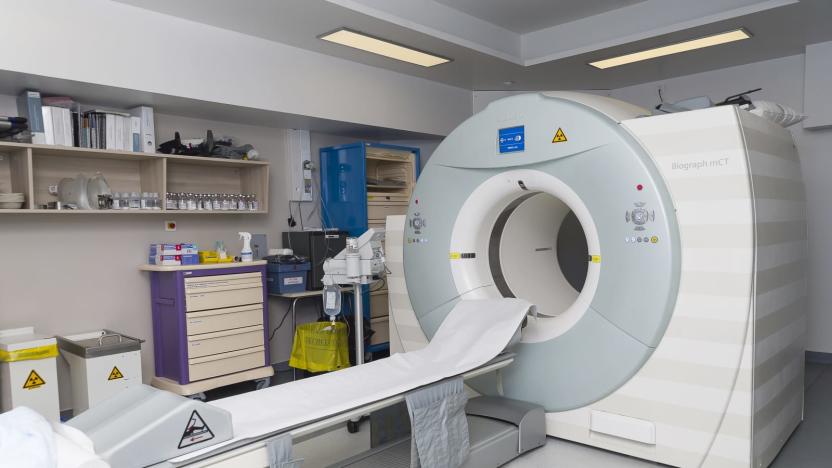
Researchers train AI to spot Alzheimer’s disease ahead of diagnosis
While Alzheimer's disease affects tens of millions of people worldwide, it remains difficult to detect early on. But researchers exploring whether AI can play a role in detecting Alzheimer's in patients are finding that it may be a valuable tool for helping spot the disease. Researchers in California recently published a study in the journal Radiology, and they demonstrated that, once trained, a neural network was able to accurately diagnose Alzheimer's disease in a small number of patients, and it did so based on brain scans taken years before those patients were actually diagnosed by physicians.
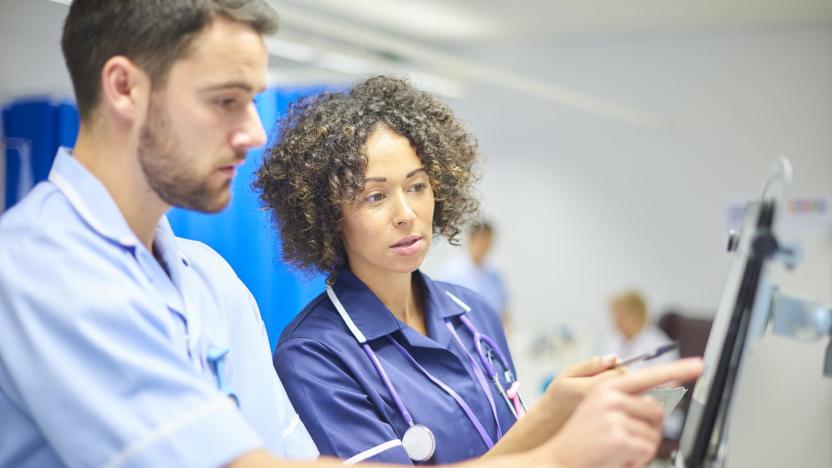
UK promises funding for AI-based early cancer detection
The UK is about to make a big bet on AI's ability to spot cancer. The Guardian has learned that Prime Minister Theresa May will commit "millions of pounds" in funding for research toward AI that can diagnose cancer and chronic diseases at an early stage. The technology could reduce "avoidable deaths," according to May's prepared speech, and is estimated to save as many as 22,000 lives per year by 2033. It would extend healthy living by another five years as of 2035. There is, however, an important catch.

Navajo Nation may undo genetic research ban in hopes of better care
The Navajo Nation banned genetic studies in 2002 due to concerns over how its members' genetic material would be used, but, as Nature News reports, the Navajo are considering a reversal of that policy. An oncology center is set to open next year on Navajo lands and the tribe's research-ethics board is looking into allowing some genetic research to take place at the facility.
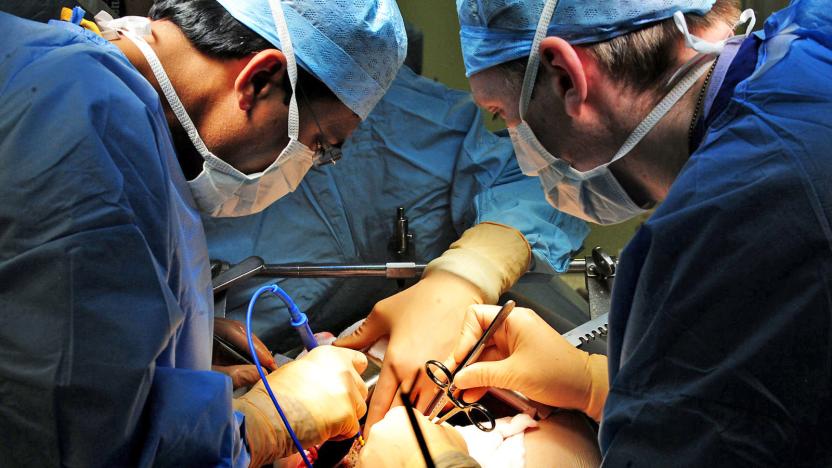
Microscope advances could prevent multiple breast cancer surgeries
A new type of microscope could drastically reduce the number of women having multiple breast cancer surgeries, researchers at the University of Washington claim. Until now, there's been no reliable way to determine whether surgeons have completely removed all cancerous tissue during surgery, meaning between 20 and 40 percent of women have to undergo second, third or even fourth procedures.
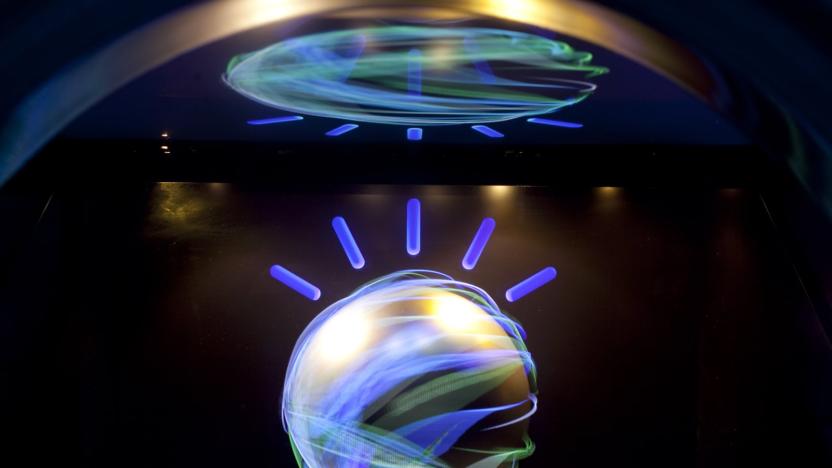
IBM's Watson AI saved a woman from leukemia
IBM's Watson has done everything from winning at Jeopardy to cooking exotic meals, but it appears to have accomplished its greatest feat yet: saving a life. University of Tokyo doctors report that the artificial intelligence diagnosed a 60-year-old woman's rare form of leukemia that had been incorrectly identified months earlier. The analytical machine took just 10 minutes to compare the patient's genetic changes with a database of 20 million cancer research papers, delivering an accurate diagnosis and leading to proper treatment that had proven elusive. Watson has also identified another rare form of leukemia in another patient, the university says.

Digital pens help spot early signs of brain conditions
Doctors frequently check for early signs of brain conditions like Alzheimer's and Parkinson's by looking at irregularities in your drawings, but it's an imperfect art based largely on the doctor's opinion. All too often, the only concrete signs show up by the time you've already been ravaged by the disease. MIT researchers might have a more effective way to catch these conditions early on, though. By using custom tracking software to monitor the output from a digital pen, they can more accurately predict the onset of brain conditions based not only on what you draw, but how you draw. Healthy people spend a bit more time thinking than scribbling; those with memory issues (such as Alzheimer's sufferers) spend a lot more time in thought, while Parkinson's patients tend to struggle with the drawing process.

Smartphone accessory puts HIV diagnosis in doctors' pockets
People living in far-flung locations, especially in developing nations, could always use affordable tests for various diseases that enable remote diagnosis. Take for instance, this new two-part biosensing platform developed by a team of scientists from Florida Atlantic University, which can detect E. coli, staph and even HIV with just a drop of the patient's blood. We say "two-part," because it's comprised of (1) a cheap, thin, flexible film and (2) a smartphone app. Each film detects a different disease, which it identifies from the patient's blood. If the bacteria or virus being tested for is present, the blood gets dyed a different color by nanoparticles.

$20 reusable chip detects type-1 diabetes quickly and cheaply
Researchers from Stanford University have developed a microchip that could make it much less costly to diagnose type-1 diabetes. The debilitating disease often strikes children, and the quicker it's detected, the easier it is to treat. The current test, however, is a time-consuming, costly burden for both hospitals and patients, requiring radioactive materials and several days of time. The new chip uses gold nanoparticles that cause fluorescent materials to glow when telltale antibodies are detected. Unlike the old tests, only a pinprick of blood is required, and the $20 chip can be reused up to 15 times. Such diagnostics could compliment other diabetes research, like Google's glucose detecting smart contacts, along with potential treatments or even cures. Researchers said the test will be particularly useful in countries where the standard test is too expensive, and are now working to launch it globally. [Image credit: Stanford University/Norbert von der Groeben]

NASA to launch mini lab, test for cancer and disease in space
It's hard to find a good specialist on earth, let alone when you're floating 240 miles above it. That's why NASA will test the Microflow, a breadbox-sized device that instantly detects cancer and infectious diseases, and can even sense the presence of rotten food. The Canadian-made device is a "flow cytometer," which works by analyzing microparticles in blood or other fluids and replaces hospital versions weighing hundreds of pounds. Here on Earth, the device could let people in remote communities be tested more quickly for disease, or permit on-site testing of food quality, for instance. It will be particularly advantageous in space, however, where Canadian astronaut Chris Hadfield will test it during his six-month ISS mission, allowing crew to monitor, diagnose and treat themselves without outside help. Now, if we could just get it down to a hand size, and use some kind of radio waves instead -- oh wait, that's not until Stardate -105352.

BioSoles know you're you within three steps, deter shoe bandits
It's no secret that everyone has a unique swagger -- so much so it can be used for identification. Many are working on this for biometric security, including a team at Carnegie Mellon University and Autonomous ID, who are collaborating on shoe insoles that monitor pressure and gait to confirm the identity of the wearer. So far, tests have shown a detection rate above 99 percent within just three steps, meaning they can alert you before that opportunist even makes it out of the locker room. It's thought the cloud-connected BioSoles could be implemented in security access, although we're not sure this offers advantages over similar, static technology also in development. We do, however, like the idea that subtle changes in your strut could be used to provide early indications of conditions such as Alzheimer's, Parkinson's and diabetes. It's likely that the insoles won't be available any time soon, so until then, keep an eagle eye on those expensive kicks.

Get diagnosed by spitting on an iPhone, social graces terminal
Korean scientists reckon that the capacitive touchscreens on our phones and tablets could help diagnose diseases from what's floating around in your mouth. It works through the screen's ability to detect minute capacitive differences in disease-carrying liquids placed on its surface. Experiments by Hyun Gyu Park and Byoung Yeon Won at the Korea Advanced Institute for Science and Technology in Daejeon managed to detect chlamydia microbes in three different concentrations. Once again, the iPhone acted as medical chief, although the setup isn't yet able to distinguish between different bugs. There are also teething troubles with the touchscreen, as capacitive read-outs can be affected by moisture and sweat that are on the screen alongside your 'sample.' One solution to this would be to create a disposable film that attaches to the iPhone surface. There's a second reason for this, as Park diplomatically puts it: "Nobody wants direct application of bio-samples onto their phone." Let's hope Siri doesn't take it personally. [Sneezing photo via Shutterstock]

IBM's Jeopardy-winning supercomputer headed to hospitals. Dr. Watson, we presume?
We always knew that Watson's powers extended well beyond the realm of TV trivia, and now IBM has provided a little more insight into how its supercomputer could help doctors treat and diagnose their patients. Over the past few months, researchers have been stockpiling Watson's database with information from journals and encyclopedias, in an attempt to beef up the device's medical acumen. The idea is to eventually sync this database with a hospital's electronic health records, allowing doctors to remotely consult Watson via cloud computing and speech-recognition technology. The system still has its kinks to work out, but during a recent demonstration for the AP, IBM's brainchild accurately diagnosed a fictional patient with Lyme disease using only a list of symptoms. It may be another two years, however, before we see Watson in a white coat, as IBM has yet to set a price for its digitized doc. But if it's as sharp in the lab as it was on TV, we may end up remembering Watson for a lot more than pwning Ken Jennings. Head past the break for a video from the University of Maryland School of Medicine, which, along with Columbia University, has been directly involved in IBM's program.

Scientists separate plasma from blood with working biochip
Disposable biotech sensors won't let you diagnose your own diseases quite yet, but we've taken the first step -- a research team spanning three universities has successfully prototyped a lab-on-a-chip. Called the Self-powered Integrated Microfluidic Blood Analysis System (or SIMBAS for short, thankfully), the device takes a single drop of blood and separates the cells from the plasma. There's no electricity, mechanics or chemical reactions needed here, just the work of gravity to pull the fluid through the tiny trenches and grooves, and it can take as little as ten minutes to produce a useful result. It's just the first of a projected series of devices to make malady detection fast, affordable and portable. Diagram after the break!

PRIME hand injury diagnosis system takes hold of innovation prize
It may look like little more than a pegboard and a force meter at present, but the PRIME hand-strength measuring device has already won first place at the IShow innovation showcase. Its magic lies in the custom software loaded onto the appended PDA, which makes it possible to accurately and repeatably diagnose hand and wrist injuries that doctors currently test for by squeezing and prodding. The Rice University students responsible for the Peg Restrained Intrinsic Muscle Evaluator have applied for a patent and are planning to commercialize the device, so we'll be looking for it on the next episode of House.[Via Physorg]

RFID network used in the fight against Alzheimer's
The problem with diagnosing Alzheimer's and other forms of dementia is that by the time someone presents symptoms, it is generally rather late in the game. Looking for a way to detect the affliction earlier on, researchers at the University of South Florida have developed a wireless network for use by senior living centers. Utilizing a series of receivers placed strategically around the building and RFID transponders worn on the wrists of patients, the system monitors people's walking patterns, looking for actions characteristic of cognitive decline -- including a tendency to wander, to veer suddenly, or to pause repeatedly. So far the study has found a statistical relationship between abnormal walking patterns and people for whom testing indicated dementia. The next step is to take that data and look for ways to predict the disease. Good luck, kids -- and hurry up. We ain't getting any younger 'round here.

Cellphone as microscope on the cheap, bugs beware
Go tech students! This handy idea, brought to you by the minds at University of California, Berkeley, brings up to a 60x microscope to your cell for roughly $75. The 60x attachment is useful for diagnosing things like Malaria while in the field, while its weaker 5x sibling can be used to look at skin conditions. The prototype was apparently made from off the shelf components -- including some low power LEDs that illuminate the subject -- and snaps in place with a modified belt clip. This is a pretty handy piece of kit when you consider how much easier it may be to snap a pic of something and fire it off to a lab via a data connection instead of having to physically bring a sample. We're sure the poor soul featured in the pic we have here agrees, as it looks like he / she may have a tiny shrimp infestation. [Via MAKE Blog]









